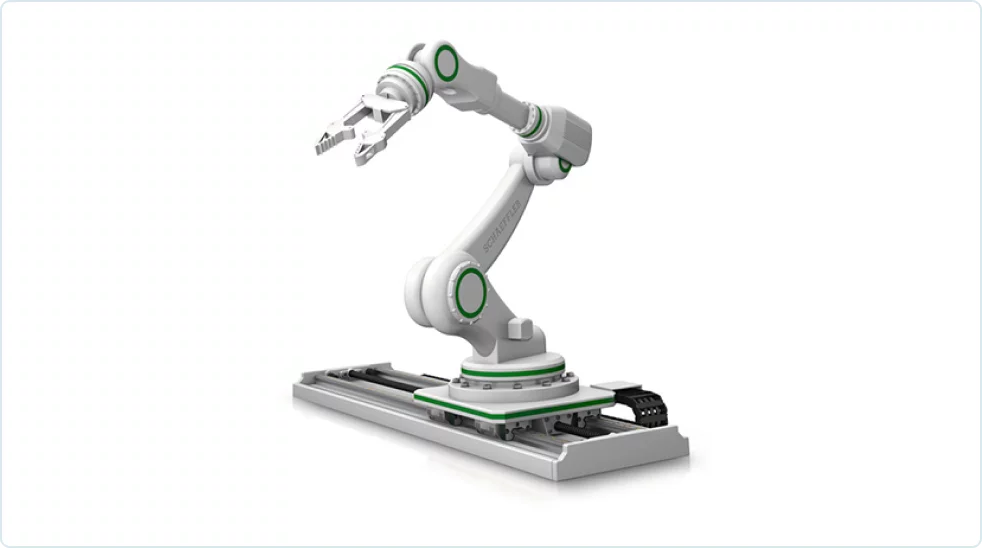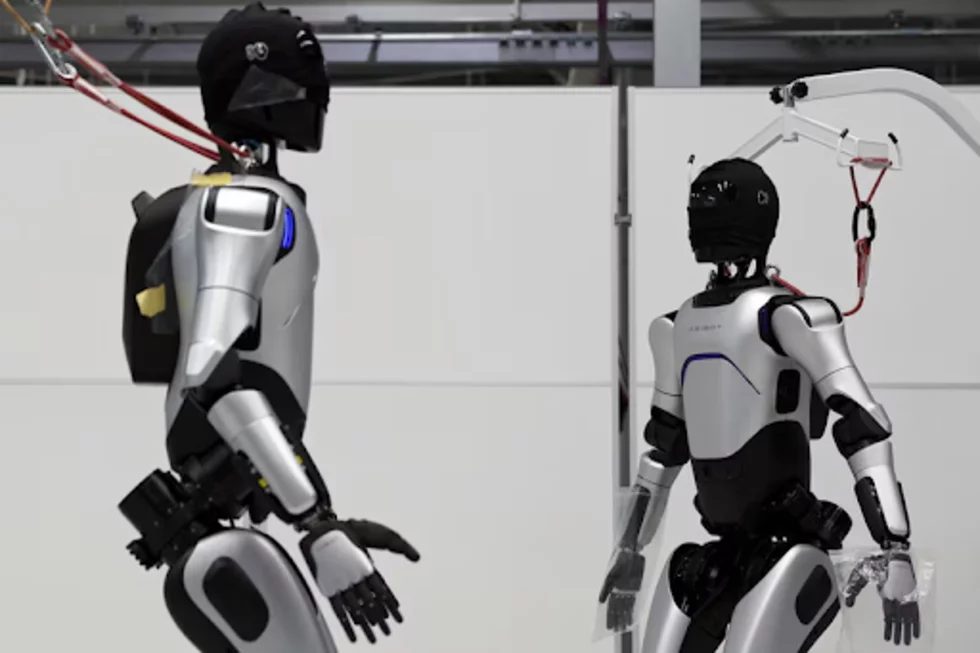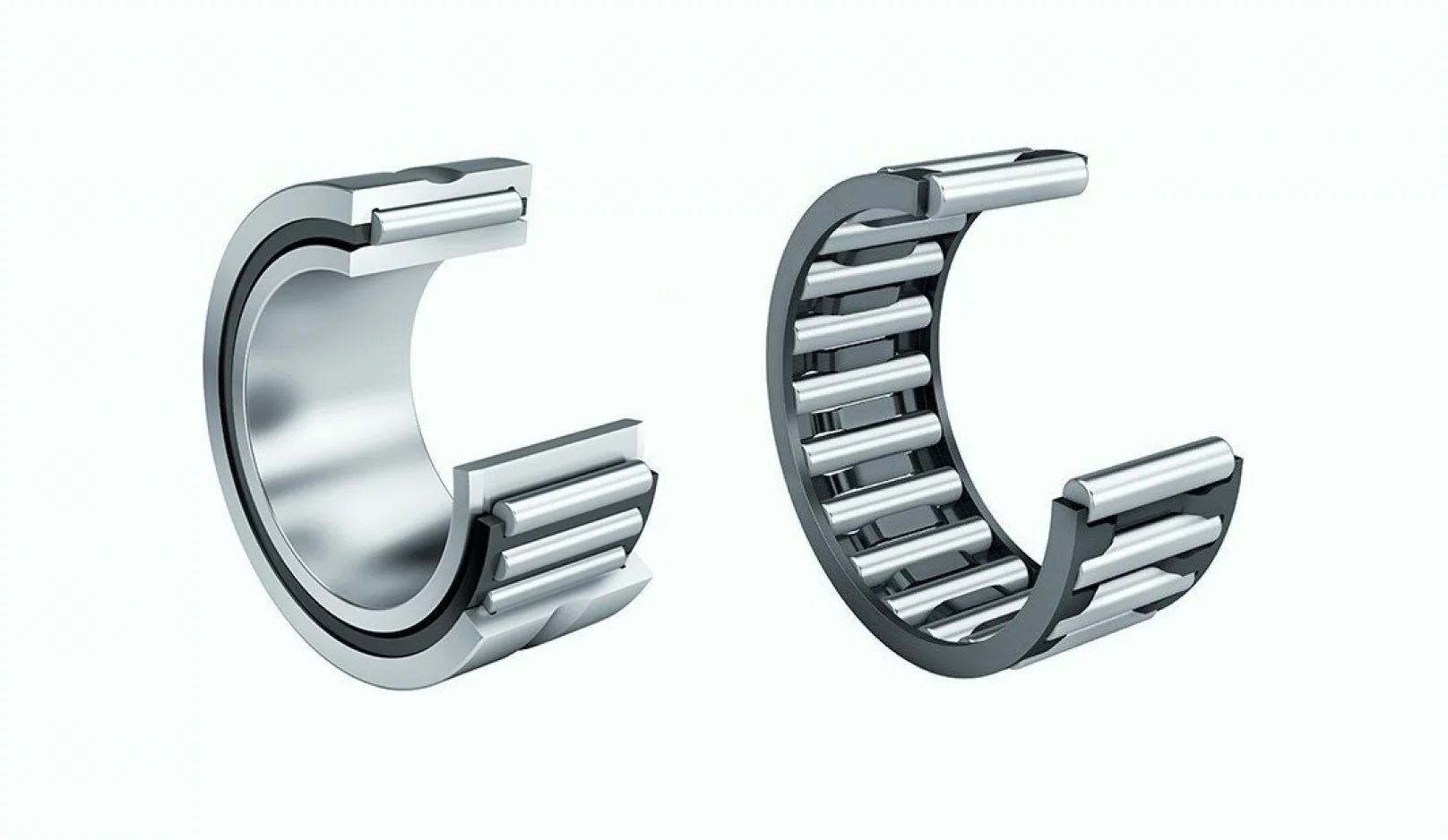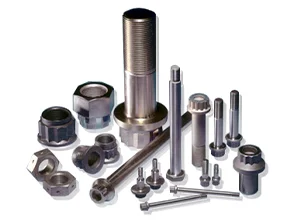
Machined Components (fasteners, magnetic clutches, and brakes)
Pacific International Bearing Sales (PIB) proudly presents an overview of fasteners, magnetic clutches, and magnetic brakes. These high-precision components form the backbone of countless engineering applications, from securing aircraft structures to controlling motion in automation equipment. In this article, we’ll explore each component type’s function, construction, key technical features, and typical applications across industries like aerospace, automotive, and industrial machinery. We’ll also highlight in-house production capabilities (including integrated manufacturing and custom solutions) that ensure superior quality and performance. By the end, you’ll understand why engineers and procurement specialists trust these components and how PIB can help you find the perfect part for your needs.
Fasteners – The Foundations that Hold it All Together
Fasteners – such as bolts, nuts, screws, and rivets – are the unsung heroes of engineering, mechanically joining parts to create strong, reliable assemblies. MinebeaMitsumi’s fasteners are engineered for demanding applications where safety and durability are paramount. In airplanes, automobiles, and industrial equipment, these fasteners must withstand extreme forces, vibration, and environmental stress while keeping critical components securely together.
Function & Construction are designed to secure one component to another with precision-fit threads and high-strength materials. They are manufactured using a vertically integrated process – all steps from raw material forming (cold or hot forging) and machining through heat treatment and surface finishing are done in-house. This integrated production ensures every bolt or nut meets exacting quality standards and traceability requirements. Fasteners come in a variety of designs and materials to suit their function:
- Bolts: High-tension bolts (with tensile strengths up to ~260 ksi) are used for engine mounts, aircraft fuselage panels, and other high-stress joints. These bolts often use alloy steels or exotic materials to achieve superior tensile and fatigue strength.
- Nuts: Many assemblies use self-locking nuts (e.g., 6-point or 12-point hex nuts, and “floating” anchor nuts with one or two lugs) to resist vibration loosening. They are made from heat- and corrosion-resistant alloys. Special coatings like molybdenum-disulfide or silver plating are applied to prevent galling and to withstand high temperatures.
- Specialty Screws/Rivets like recessed head screws with dovetail grooves (for high-torque applications such as aircraft exterior panels) and high-strength rivets. These unique designs solve specific engineering challenges, enabling higher torque transfer or easier installation in tight spaces.
Key Technical Features of MinebeaMitsumi Fasteners:
- Aerospace-Grade Quality: Fasteners are manufactured under aerospace-certified processes. Nadcap-accredited for critical processes like heat treating and plating, and the fasteners meet or exceed industry standards (including MIL specifications for aviation). This means each fastener offers traceable, high-assurance quality suitable for flight-critical applications.
- Advanced Materials: For example, nickel-based alloys and stainless steels are selected for fasteners in high-temperature or corrosive environments (jet engines, chemical equipment), while lightweight titanium alloys are used where weight savings are crucial (satellite and aerospace structures). The result is a fastener optimally suited to its service conditions – whether resisting heat, corrosion, or sheer stress.
- Integrated Manufacturing for Consistency: All production steps occur in-house, Fastener Division (e.g. at the Fujisawa, Japan plant). This vertical integration guarantees consistent dimensions and properties from batch to batch. By controlling forging, machining, heat treating, and coating internally, MinebeaMitsumi can rapidly respond to design changes or custom orders and maintain a stable supply without reliance on outside subcontractors.
Typical Applications: fasteners are trusted in aerospace, securing critical structures in commercial airliners, military jets, helicopters, and even spacecraft (fuselage panels, wings, engine assemblies, landing gear, rocket components). In the automotive realm, they appear in performance-critical areas like engines, transmissions, and suspension systems – anywhere a high-strength, reliable bolt or nut is needed to ensure safety. Industrial equipment and machinery also utilize these fasteners for heavy machinery, railway vehicles (trains), ships, and robotics. From the vibration-prone environment of a car’s engine bay to the extreme cold of high-altitude flight, fasteners deliver the strength and longevity needed to keep equipment running safely.
Magnetic Clutches

Magnetic clutches (electromagnetic clutches) are devices that connect or disconnect rotating shafts on demand using magnetic force. Unlike a traditional friction clutch operated by mechanical linkages or hydraulics, a magnetic clutch is actuated electrically: when energized, it locks an input shaft (for example, an engine crank or motor) to an output shaft (such as a gearbox or driven mechanism), transmitting torque; when de-energized, it disengages, allowing free rotation or idle. Magnetic clutches provide fast, precise control over power transmission in a variety of systems, from vehicles to factory automation equipment.
Function & Construction: At the core of each electromagnetic clutch is a coil assembly. When current passes through the coil, it generates a magnetic field that pulls together the clutch’s internal plates or surfaces to engage the drive. MinebeaMitsumi produces several design types to meet different requirements:
- Single-Face Clutches are the most common design, featuring a single disk (rotor) and an armature plate. When energized, the magnetic field pulls the armature into contact with the rotor, coupling the shafts. These are used in everything from automotive A/C compressors to copier machines.
- Multiple-Disc Clutches’ stack of interleaved friction discs provides a higher torque capacity in a compact size. Multi-disc electromagnetic clutches are ideal for applications like machine tools or robotics, where you need to transmit substantial torque but have limited space.
- Tooth Clutches use interlocking toothed rings instead of friction surfaces. When engaged, the teeth mesh to form a rigid coupling with zero slip. Tooth-type magnetic clutches are excellent for indexing or positioning applications (e.g., precision machinery) because they lock shafts together at specific alignment points. They can transmit high torque but usually must engage at lower speeds.
- Micro Clutches also specializes in very small electromagnetic clutches for compact mechanisms. Even at miniature sizes, these clutches provide reliable torque transmission for devices like office automation equipment (printers, copiers) or small medical and laboratory devices.
All of these clutch types share a similar electromagnetic actuation principle. They typically consist of a coil housed in a steel shell (to concentrate the magnetic flux), a rotor attached to the input shaft, and an armature attached to the output shaft. When the coil is energized, the magnetic attraction pulls the armature toward the rotor, and friction or interlocking features transfer torque to engage the drive. When power is cut, springs or torque from the machine separate the clutch, disengaging power flow. This electric actuation means clutches can be controlled instantly by a simple electrical signal – enabling automation and remote control with no need for manual levers or complex hydraulics.
Key Technical Features of Magnetic Clutches:
- Custom-Tailored Performance builds magnetic clutches to customer specifications. Key parameters like rated torque, operating voltage (commonly 24 V DC or as required), size/envelope dimensions, and environmental ratings (temperature range, dust or moisture protection) can all be customized. Whether you need a high-torque clutch for a machine tool or a low-power micro clutch for a compact device, the design will be tailored to achieve the required performance.
- Multiple Form Factors: As noted, a variety of clutch configurations are available (single-disc, multi-disc, tooth, etc.), as well as various mounting styles and sizes. This allows engineers to choose the optimal type for their system: e.g., a multi-disc clutch for a high-torque spindle in a CNC machine, or a single-face clutch for a conveyor drive that must engage/disengage frequently. MinebeaMitsumi’s range even includes miniature clutches measuring just a few centimeters in diameter for very tight spaces.
- Fast, Precise Engagement: Electromagnetic clutches offer rapid response times – they can engage or release power in fractions of a second. The engagement is smooth and can be precisely controlled by modulating the current. This is crucial in applications like robotics or automotive subsystems, where timing and smooth torque transfer improve performance. MinebeaMitsumi’s clutches are designed for reliability and repeatability, ensuring consistent operation over many cycles.
Typical Applications: magnetic clutches find use in automotive systems, such as air conditioning compressor clutches, hybrid vehicle drive clutches, and accessory drives, where they allow an engine or motor to engage components on demand, improving efficiency. In industrial automation and machine tools, electromagnetic clutches are used to control feeds and spindle drives – for example, engaging different gear sets or connecting/disconnecting a drive motor without stopping the engine. Robotics and automation equipment often rely on magnetic clutches for precise positioning tasks or for safety, allowing a motor to disengage if needed. Additionally, office equipment (like photocopiers, printers, and mailing machines) uses small electromagnetic clutches to start and stop rollers and feed mechanisms in timed sequences. Because they can be controlled electrically with precision, magnetic clutches are a go-to solution whenever a machine needs a quick, controllable method to transmit torque or temporarily uncouple part of a drive system.
Magnetic Brakes – Electromagnetic Braking for Controlled Stop and Hold
Magnetic brakes (electromagnetic brakes) use the same principle of electromagnetic force as clutches, but to slow or stop rotation instead of coupling shafts. When activated, a magnetic brake creates frictional resistance against a rotating member, bringing it to a controlled stop or holding it in place. Magnetic brakes are critical for applications that require precision stopping, holding torque, or safety braking in the event of power loss.
Function & Construction: An electromagnetic brake is very similar in build to a clutch: it has a coil in a metal housing and an armature plate. However, instead of connecting two rotating shafts, the brake’s armature connects to a stationary frame when engaged. In practice, a brake is often mounted on the back of a motor or on a shaft that needs to be held; when the coil energizes, the armature is attracted to the brake’s fixed field housing, and frictional force decelerates or locks the rotation of that shaft.
The various types of magnetic brakes to suit different needs:
- Power-Off “Fail-Safe” Brakes: These brakes are normally engaged (spring-applied) and use the magnetic coil to disengage. In other words, when power is off, the spring presses the brake pad or armature against the rotor to hold it in place; applying current releases the brake. This fail-safe design is common in elevators, robotics, and machine tools – ensuring that if power is lost or a machine is shut off, the brake automatically holds the load for safety.
- Power-On Brakes: Conversely, some designs are normally off and engage only when energized. These are used when you want braking action on command (but free running otherwise) without a spring mechanism. They are suitable for the dynamic stopping of machinery where fail-safe holding isn’t required.
- Tooth Brakes & Others: Like clutches, electromagnetic brakes can also be tooth-type for zero slip locking, or even hysteresis/magnetic-particle types for fine torque control. MinebeaMitsumi primarily offers friction disk and tooth designs for industrial use, focusing on reliability and simplicity.
Key Technical Features of Magnetic Brakes:
- High Holding Torque in a Compact Design: magnetic brakes are optimized to provide strong holding torque given their size. Using multi-surface friction designs or toothed locking mechanisms, they can secure heavy loads (for example, holding a robotic arm in position or keeping a heavy vertical axis from dropping) without requiring large mechanical brake systems. This high torque-to-size ratio is crucial in applications like servo motors on CNC machines or robots, where space is limited but holding capacity must be high.
- Precise and Smooth Operation: Electromagnetic brakes offer smooth engagement – the magnetic force can be controlled to avoid sudden jolts. This allows for controlled deceleration of rotating equipment, reducing wear and shock on machinery. Whether used for an emergency stop or a gentle, controlled halt, these brakes engage with reliable consistency. Engineers can trust that braking will occur within predictable response times and bring the system to a repeatable stop position.
- Designed for Durability: Just like the clutches, brakes are built with robust materials: quality friction linings that resist wear, and coils rated for long life. Many units are sealed or enclosed to keep out contaminants (dust, oil) that could affect performance. Additionally, being electromagnetic, they have few moving parts aside from the armature – meaning less to maintain or wear out compared to complex hydraulic brake systems.
- Custom Engineering & Integration can customize brake units to match your system’s requirements – from tailoring the mounting flange and dimensions to selecting a coil voltage that matches your electrical system (12 V, 24 V, 90 V, etc.). If your application demands a specific torque or a special form factor, their engineers will modify the brake design for a perfect fit. These brakes are also designed to integrate easily with motors or gearboxes, often mounting directly onto standard motor frame sizes, which simplifies the design of assemblies like servo actuators or conveyor drives.
Typical Applications: Industrial automation and machinery are primary users of magnetic brakes. For instance, CNC machine axes often include a power-off brake to hold the axis in place when the motor is not powered, preventing any drift and ensuring safety during tool changes or maintenance. Robotics commonly uses spring-engaged brakes on each joint motor – this way, if power is cut or an emergency stop is triggered, the arm holds its position instead of collapsing. In elevators and lifts, electromagnetic safety brakes engage to hold the cab in place or slow it during an emergency stop. Automotive and aerospace systems also use magnetic brakes in certain niche applications: for example, some aircraft use electromagnetic brakes in trim systems or cargo handling equipment, and electric vehicles or hybrids might use them in regenerative braking systems or as parking locks. Even office equipment can use small magnetic brakes to quickly stop rollers or motors at precise points (like stopping a printer drum from overshooting). Across these examples, the ability to quickly and reliably stop motion with an electric signal makes magnetic brakes invaluable for both operational control and safety.
Representative Products and Specifications
To better illustrate the range of machined components, the table below compares a few representative products. These examples highlight different component types, their typical application areas, key specifications, and possibilities for customization.
| Component Type | Application Area | Key Specs (Size/Torque/Material) | Customization Options |
| Fastener – High-Tension Bolt | Aerospace (engine & airframe assemblies) | Size: M8 × 30 mm; Material: Alloy steel (ultimate tensile ~260 ksi); High fatigue strength for cyclic loads. | Alternate sizes/lengths, special alloys (e.g. Inconel, MP35N); Custom head designs; Optional surface treatments (cadmium plating, etc.). |
| Fastener – Self-Locking Nut | Automotive & Aerospace (vibration-prone joints) | Size: M6 thread; Material: Corrosion-resistant steel with MoS<sub>2</sub> coating; 12-point flange design for secure locking. | Custom thread pitches or diameters; Different locking insert materials; High-temp plating (e.g. silver coating for engines). |
| Magnetic Clutch – Multi-Disc | Industrial Machinery (machine tools, robotics) | Torque: ~50 N·m; Diameter: ~100 mm; Voltage: 24 V DC coil; Construction: Multi-disc electromagnetic clutch in steel housing. | Tailored torque capacity (by altering disc count or size); Coil voltages (12 V, 24 V, 48 V etc.); Custom shaft bore or mounting flange to integrate with your equipment. |
| Magnetic Brake – Power-Off Type | Automation & Robotics (servo axes, safety brakes) | Torque: ~30 N·m holding torque; Design: Fail-safe spring-applied brake (engages on power loss); Material: Steel rotor/armature with organic friction lining. | Custom form factors to fit specific motors; Different torque ratings (by spring force or size); Coil voltage options and connector harness customization. |
Table: Examples of machined components, with typical uses and specifications. Fasteners include high-strength bolts and self-locking nuts for aerospace/automotive applications, while rotary components include an electromagnetic clutch and brake. All units can be customized to meet specific project requirements.
PIB’s online catalog features a comprehensive range of products, complete with detailed specs and part numbers for each product. We encourage you to explore the catalog to find the ideal component for your project. With easy search and filtering tools, you can quickly locate parts by type, size, material, or performance criteria. And if you need guidance, the engineers at PIB are ready to assist in selecting the right solution or arranging custom orders – please contact us at [email protected]
FAQ
Q: What customization options are available for fasteners, clutches, and brakes?
A: If a standard fastener doesn’t meet your needs, they can manufacture special sizes or head configurations, use alternative materials (for example, a different alloy or a specific coating for corrosion protection), or even design entirely new fastening solutions for unique applications. For magnetic clutches and brakes, you can specify requirements such as the torque capacity, operating voltage, dimensions, mounting style, and environmental durability. Essentially, key parameters can be tweaked to fit your project. Through PIB, you can discuss your exact requirements with technical experts. Custom orders typically involve a review of your needs, possible prototyping, and then production runs – all enabled by in-house manufacturing flexibility. Whether it’s a non-standard bolt length or a clutch built for a certain speed/torque profile, custom solutions are available to ensure the component perfectly suits your design.
Q: What factors should I consider when selecting a magnetic clutch or brake for my application?
A: Choosing the right electromagnetic clutch or brake requires evaluating a few key factors:
- Torque and Speed: Determine the torque you need to transmit (for clutches) or hold/stop (for brakes), as well as the operational speed. For high-speed engagement, a single-face clutch might be preferable, whereas a tooth clutch provides zero slip but usually must engage at low speed. Ensure the unit’s rated torque exceeds your maximum requirements with a safety margin.
- Duty Cycle and Heat: Consider how frequently the clutch/brake will engage and disengage. High-cycle or continuous slip applications generate heat, so you’d want a unit designed for thermal dissipation or one rated for continuous duty. MinebeaMitsumi can advise on designs (like multi-disc clutches for frequent use) that handle heat better.
- Power Supply: Match the coil voltage to your system (common choices are 24 V DC for industrial, 12 V DC for automotive, or others). Also ensure your electrical system can provide the inrush current needed for rapid engagement.
- Space and Mounting: Check the available space and how the clutch or brake will mount in your system. MinebeaMitsumi’s products come in various form factors – some mount on a shaft end, others flange-mount to a motor. Choose one that fits your mechanical design or request a custom mounting interface.
- Environment: If the application is in a harsh environment (high temperature, oily, dusty, or wet conditions), select a unit with appropriate sealing or materials. For example, brakes in outdoor or marine environments may need special rust-resistant finishes, while clutches in a clean room might require particle-free operation.
In summary, you should align the clutch/brake’s specifications with your mechanical needs and operating conditions. If unsure, PIB’s engineering team can help you analyze your application and recommend the best clutch or brake model, taking into account all these factors. We can also facilitate sample testing if you want to evaluate performance in your actual system.
Q: What are the lead times and availability when ordering through PIB?
A: Lead times can vary depending on the specific part and quantity, but PIB works to provide fast, reliable delivery. Common or standard items may be stocked in our inventory or available on short notice – often shipping within days. For specialized or made-to-order items, lead times will include manufacturing time.PIB’s team can provide a lead time estimate case-by-case basis; we also offer services like JIT (Just-In-Time) delivery programs and volume stocking agreements for OEM customers to ensure you have parts exactly when you need them.
Q: How can I find detailed specifications or get support in selecting and purchasing?
A: Everything you need is at your fingertips via PIB’s online catalog and support channels.
In summary, browsing our online catalog is a great starting point to see what’s offered. And if at any point you need expert advice or have questions, PIB is here to support you – [email protected] from selection through procurement. We aim to make the process as smooth as possible so you get the right component with confidence and ease.
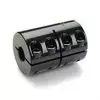
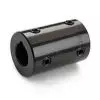
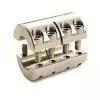
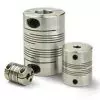
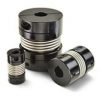

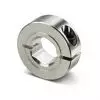
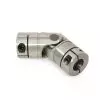
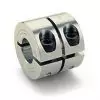 Short Rigid Couplings
Short Rigid Couplings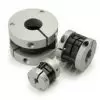 Controlflex Couplings
Controlflex Couplings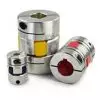 Jaw Couplings
Jaw Couplings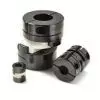 Oldham Couplings
Oldham Couplings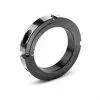 Bearing Locknuts – TCN
Bearing Locknuts – TCN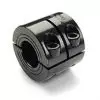 Double Wide Shaft Collars
Double Wide Shaft Collars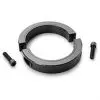 Heavy Duty Shaft Collars
Heavy Duty Shaft Collars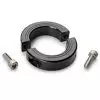 International Series Shaft Collars
International Series Shaft Collars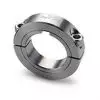 Keyed Shaft Collars
Keyed Shaft Collars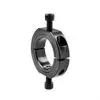 Mountable Shaft Collars
Mountable Shaft Collars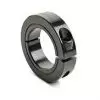 One-Piece Shaft Collars
One-Piece Shaft Collars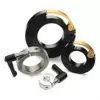 Quick Clamping Shaft Collars
Quick Clamping Shaft Collars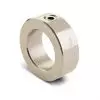 Set Screw Shaft Collars
Set Screw Shaft Collars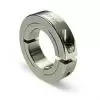 Thin Line Shaft Collars
Thin Line Shaft Collars Threaded Shaft Collars – Pacific International Bearing Products
Threaded Shaft Collars – Pacific International Bearing Products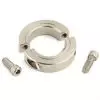 Two-Piece Shaft Collars
Two-Piece Shaft Collars Friction Bearing Universal Joints
Friction Bearing Universal Joints Needle Bearing Universal Joints
Needle Bearing Universal Joints